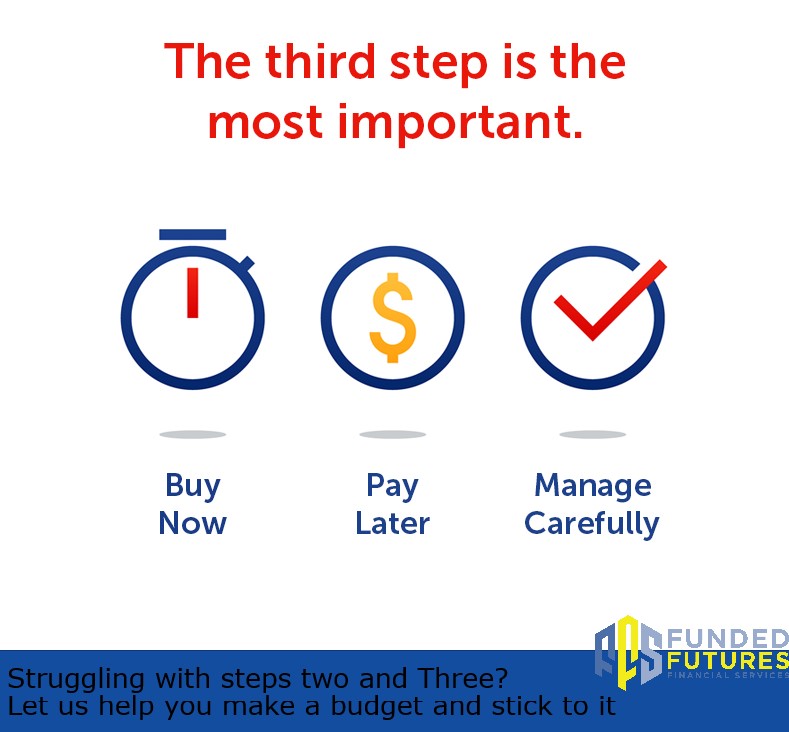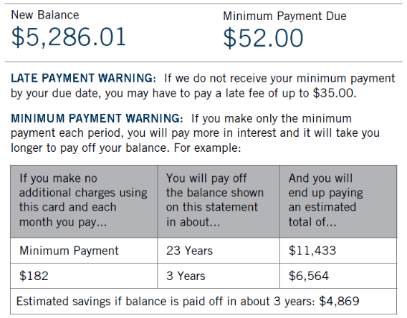Australians were introduced to credit cards way back in 1974. Since then, we have embraced the plastic-fantastic with much enthusiasm, and why not? Credit cards meant no waiting; purchases went home immediately and were paid-off in monthly instalments – what could be better?
For some 40 years, no other credit facility came close to offering a viable alternative.
But around 2015, the game changed with the introduction of Buy Now, Pay Later (BNPL) schemes. Platforms like ZipPay and Afterpay enabled users to pay purchases off in weekly or monthly instalments.

BNPLs are effectively credit facilities, differing from cards by providing credit for a specific item. Cards, however, provide credit for unspecified items, even cash advances.
The main difference though, is that there is no interest payable on BNPL purchases. You pay a deposit for your item, then make the remaining instalments via bank transfer or credit/debit card. This works very well if you’re good at budgeting.
However, beware of the fine print: BNPLs apply account-keeping fees, late fees and interest for missed payments. Some charge an establishment fee and others, payment-processing fees.
These can significantly increase the balance owed on the purchased item.
Nevertheless, we’ve eagerly adopted the BNPL structure. According to the Australian Securities and Investments Commission (ASIC), BNPL transactions have increased by 90% in the period between 2017 and 2019.
However, ASIC also reported that in 2019, around 45% of BNPL users incurred late payment fees.
Usage of BNPLs tends to be favoured by younger people: 47% of users are between 18 and 29. Generally speaking, this age group represents people not yet financially established. Many are students working part-time, while others have not yet advanced to higher paying jobs.
While most people successfully manage their BNPL account, a minority finds themselves trapped in a downward financial spiral.
Worryingly, Choice.com found that BNPL arrangements are often used by people already experiencing financial hardship, as BNPL schemes are not stringently regulated.
As use of BNPLs rises, there’s evidence that credit card use is declining. The Reserve Bank of Australia (RBA) found the number of Australian credit card accounts dropped from 14.6 million in March 2019 to 13.6 million in March 2020.
This could be due to tight regulation of the credit card industry which forces card providers to undertake a thorough application and approval process.
Finder.com.au claims that 22% of credit card applications are rejected due to the applicant’s existing debt.

Both credit cards and BNPLs can lead to financial stress if you don’t keep track of transactions, make regular payments and exercise spending discipline.
If you find yourself in financial difficulty, the government’s MoneySmart website offers a free help line. Call 1800 007 007 for advice and relief.
Alternatively, if you need assistance managing your credit facilities, speak with the team and Funded Futures, as we are experienced in budgeting and debt reduction strategies to help you get back on track.
So, here’s the burning question: As younger consumers move to alternative payment schemes, could credit cards become the seniors’ cards of the future?

Recent Comments